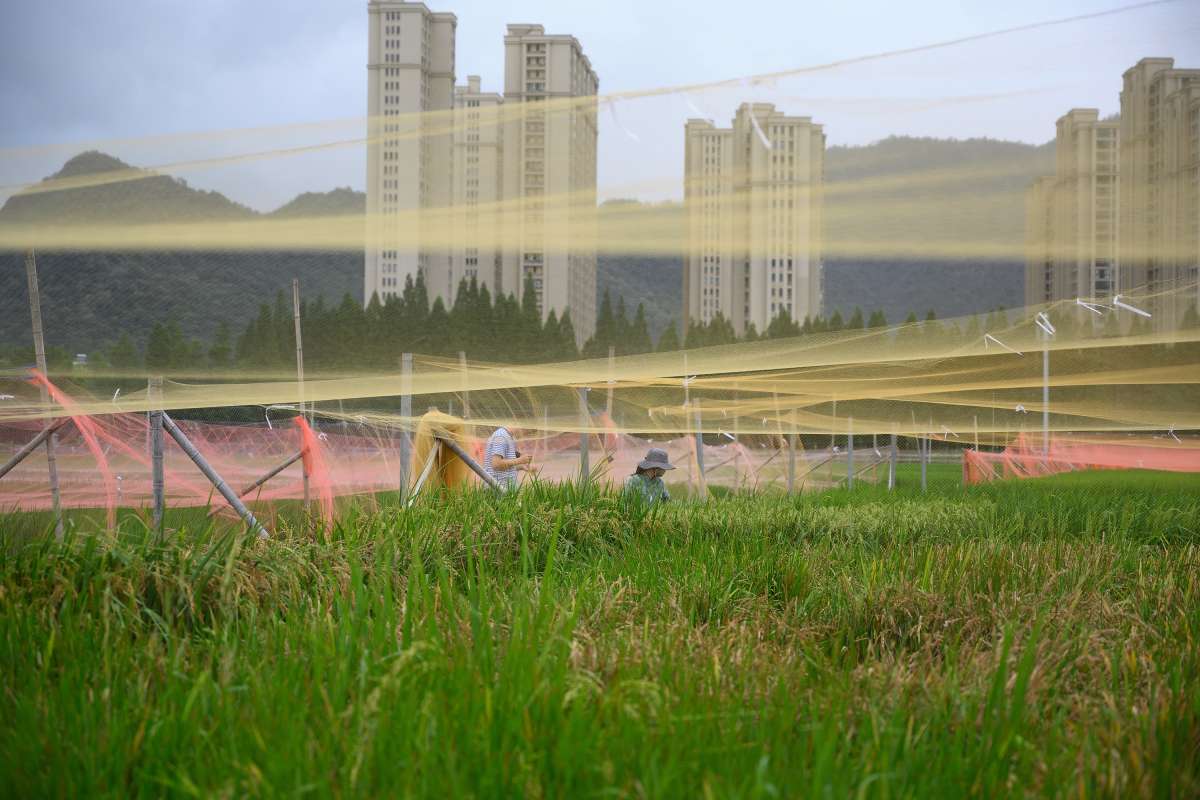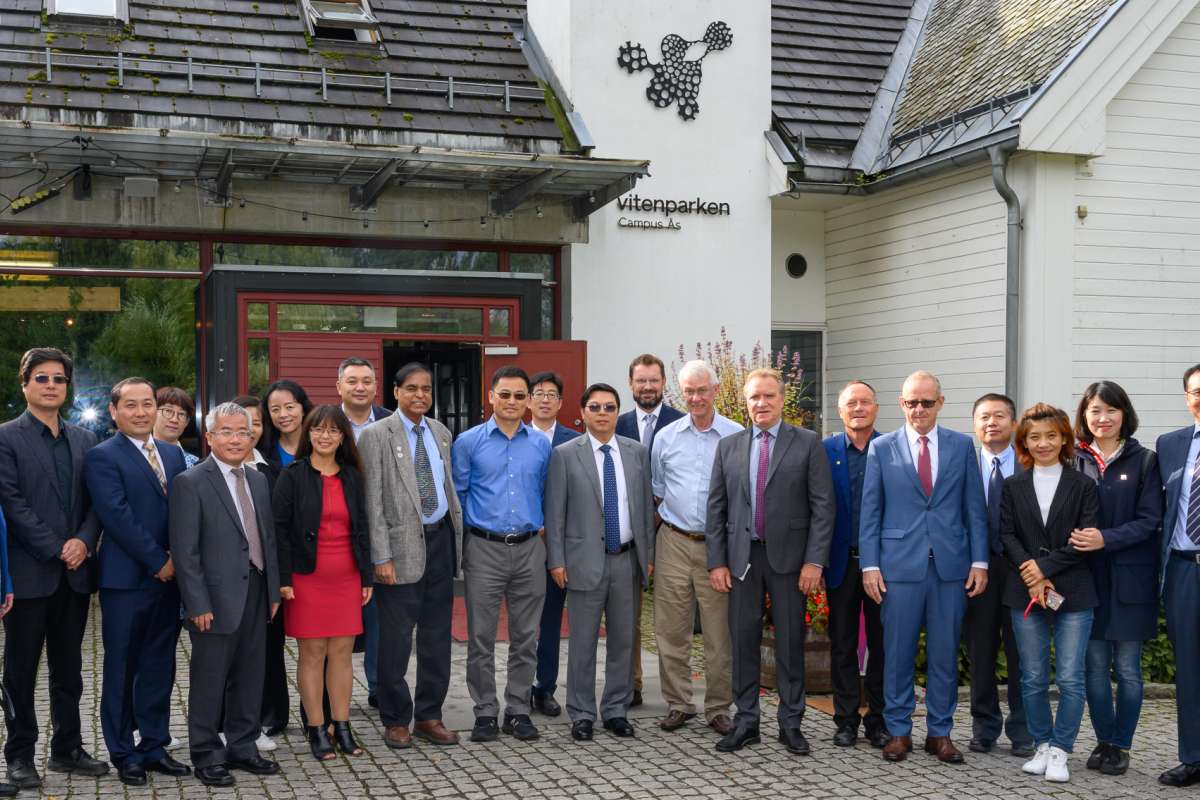WeChat-app to improve agriculture practices and environment in China
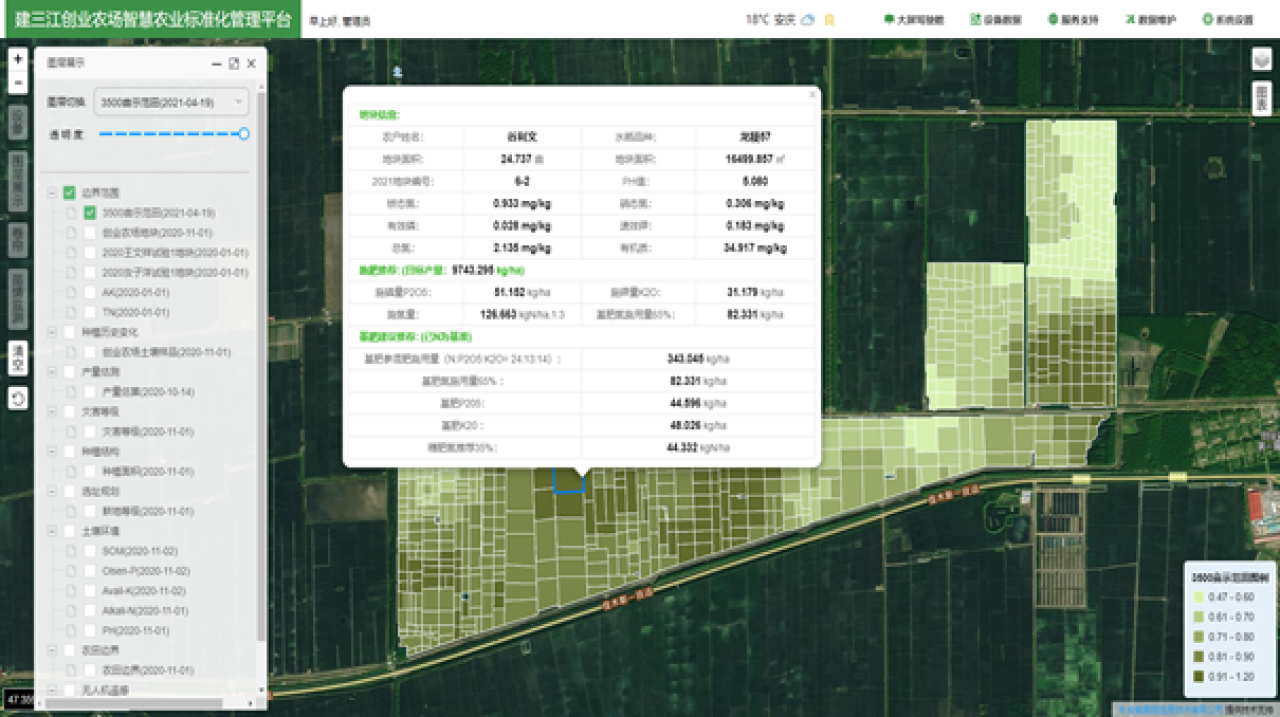
This picture is the homepage of an intelligent management system for crops. The satellite image is used as the base map, and the small plot data of the boundaries of the farmers’ fields are provided as a vector overlay, including essential agronomic information. By clicking on the plot, the user can get the basic information about the field, including the name of the farmer, the variety of the crop, and the chemical nutrient elements of the soil.
Scientists are using an app on WeChat, China’s equivalent to Facebook, to provide farmers and local government with a tool for improving agricultural practices and protect the fertile black soil.
Agriculture in Northeast China, where most of the country’s fertile black soil is located, has been recognised as crucial for Chinese food security. However, the soil is in a critical condition due to years of intensive production and overuse of fertiliser.
In the international collaborative project Sinograin II, supported by the Norwegian Ministry of Foreign Affairs through the Royal Norwegian Embassy in Beijing, Norwegian scientists from NIBIO is working together with Chinese agricultural scientists to improve food security. As part of the project, scientists have developed a service providing system to equip farmers and local government in North-East China with a decision support tool. It offers important timely recommendation on selected agricultural practices such as site-specific fertilisation.
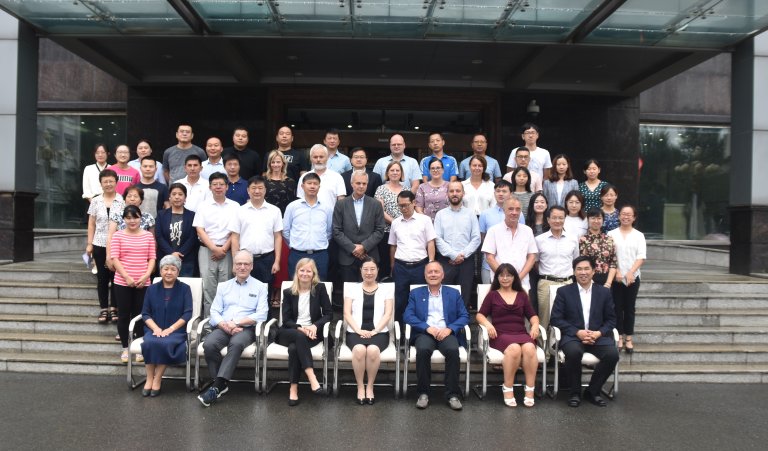
Everyone is on WeChat
– The system includes a more detailed web version for agricultural technicians and extension service providers and a WeChat version for farmers. We know that WeChat is very popular in China, and farmers will use it, says Krzysztof Kusnierek, scientist at NIBIO.
China is now the world’s largest producer, consumer, and importer of chemical fertilisers, accounting for over 30% of the world’s Nitrogen (N) fertiliser consumption. However, mismanagement of N fertiliser is common. The Chinese government is aware of the challenges and promoting better practices to be implemented to preserve the black soil and improve food security.
– My Chinese colleagues tell me that this is crucial. The Government is putting pressure on local authorities to improve practices, which means that they are forced to act and that there is financial resource available, comments Kusnierek.
It has also been important in relation to the development of the decision support tool in the project:
– The barebones of our service providing system was created by Hainie Zha, a PhD student at China Agricultural University, who is working with us in Sinograin II, in cooperation with many programmers in an external company. This work has been possible due to financing being available from several sources in addition to the project, including local government. It has developed into something bigger than what would be possible only with funding from our research project. Now, we have been able to implement science. It is a tool to take research to the people, he says.
Nitrogen management
NIBIO’s contribution has been focused on the scientific research, cooperation in building agronomic models, as well as involvement in the implementation of the system, Kusnierek explains.
– In the system, precision N management is facilitated by remote sensing technology allowing for site-specific application of fertiliser. We contribute to reducing the amount of nitrogen used, protecting the environment and in some cases increasing the yield, he underscores.
According to Kusnierek, there is a considerable variation in soil resources in the region:
– Some areas require more fertiliser than others. Until a few years ago, there was only a regional recommendation for the amount of fertiliser to be deployed, and many farmers maxed this. A single recommended value over a large region did not consider variations in the soil properties. When you have technology that can show you the variability, then you can recommend the amount of fertiliser in the individual places, tailored to the soil conditions on each farm. The problems with over-fertilisation at the expense of the environment and soil degradation are a common problem all over the world. It is rewarding to learn from each other in this project, and push the knowledge and technology forward, he highlights.
Quick and easy
The development of the system has firstly concentrated on the important agriculture region in Heilongjiang province in Northeast China. In the current trial period, some farmers have started using the app, the NIBIO-scientists inform.
– The satellite image is used as the base map, and the farmers may draw the boundaries of their fields. They can provide the information on their production system and these data is used to query the database with soil, weather and remote sensing data. By clicking on the plot, the users receive timely information on growth status of their crops in form of a pop-up window. In addition, we can generate the N-P-K fertilisation plan according to the target yield, converted into the amount of fertiliser product needed, Kusnierek explains.
The NIBIO-scientist says there are also plans to deploy large numbers of sensors within fields to collect microclimatic data, such as temperature, soil moisture etc. These data will be gathered into a common system, which will be available for the users to view.
– This large dataset abstracted to a single user is available to him as a small piece of software that within WeChat. The user simply taps on it to use it, he underlines.
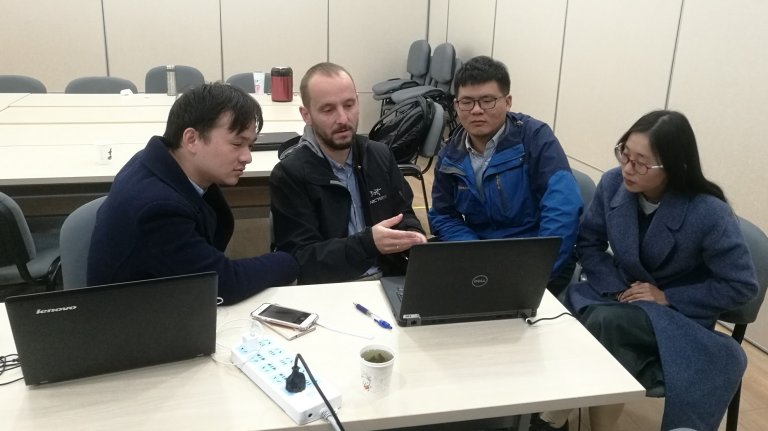
Develop further
Going forward, the scientists are looking to improve the system further:
– We are discussing how we can now optimise the technology even more. Farmers should have minimum and maximum reference areas that can be used to fine-tune the recommendations. We also want to use more drones in the region to collect data more often. Further down the line, it is an aim to develop the system in other regions, and perhaps for other cultures.
– It has been great to see that complicated agronomic models can be converted into an easily accessible product, he says and underlines again the importance of support from the local authorities in the project.
– This has meant that we can see that it is gradually starting to be used. What we do has an impact, he concludes.
Per Stålnacke, head of research at NIBIO says this kind of international research collaboration is vital for global food security:
– In order to solve global food production and security it is of outmost importance that we cooperate across borders, in order to identify best-practices and tools. The cooperation between scientists at NIBIO and Chinese partner in Sinograin II has obviously provided impact. The developed tool will support better decision making on farms by helping farmers to choose the most efficient practices and inputs and respond to changes in weather and markets with greater effectiveness, he highlights.
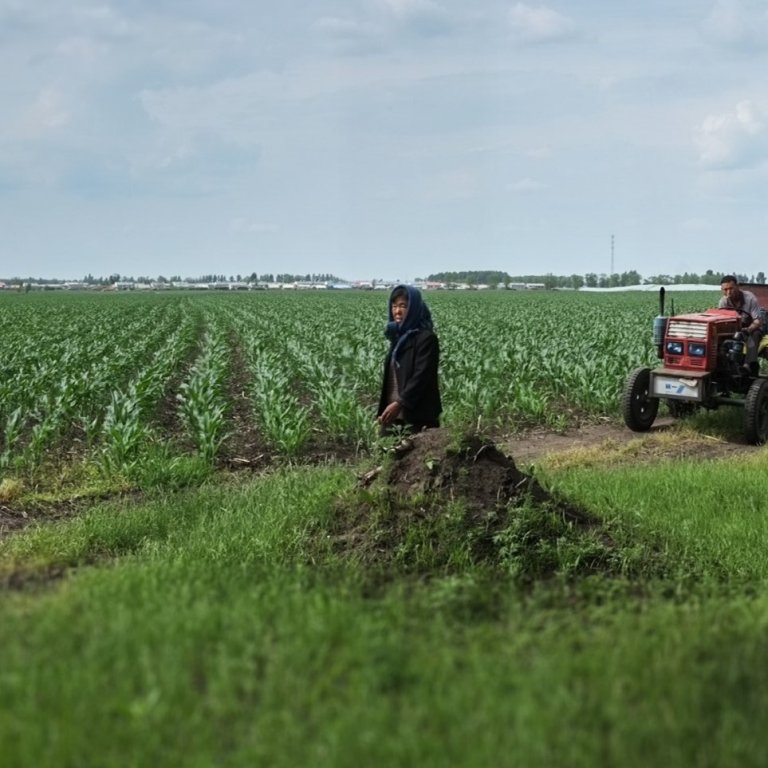
Contacts
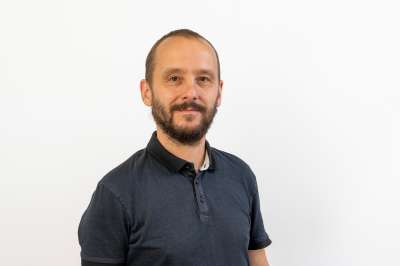
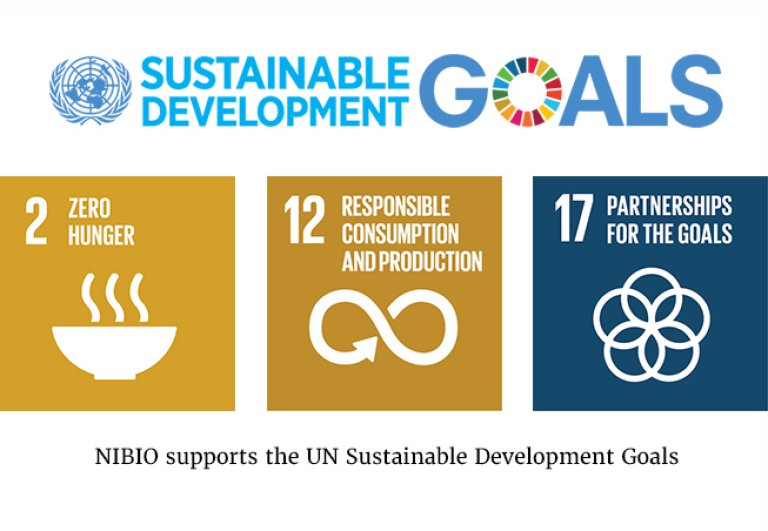
FUNDING DETAILS
The Ministry of Foreign Affairs contributes 18.8 million of a total budget of 20.2 million NOK.
In addition to Sinograin II, NIBIO and the Chinese partners, especially CAAS, have received four other grants from EU-China H2020, RCN (Research Council of Norway) - NSFC (National Natural Science Foundation of China) joint calls and The Ministry of Agriculture and Food in Norway.
These have a total funding of approximately 68-70 million NOK for a period of 3-4 years .
Around 40 NIBIO staff are working on these projects.
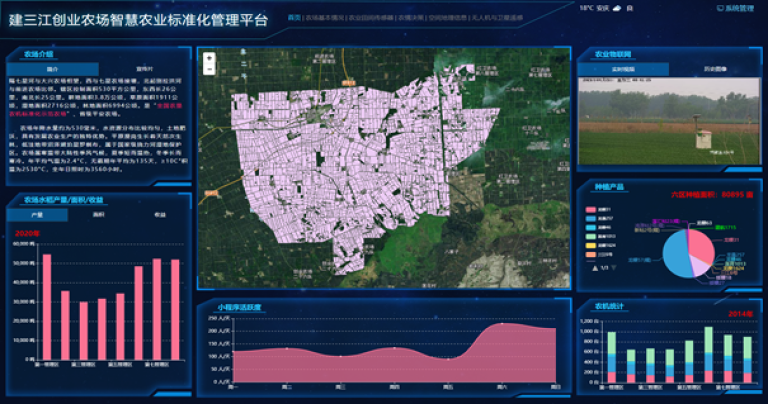
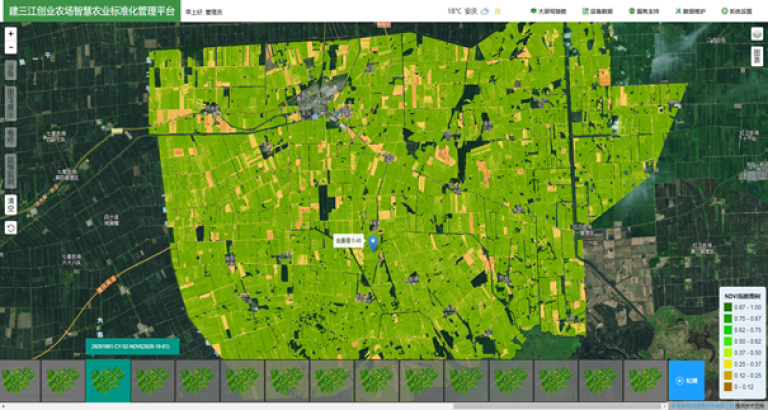
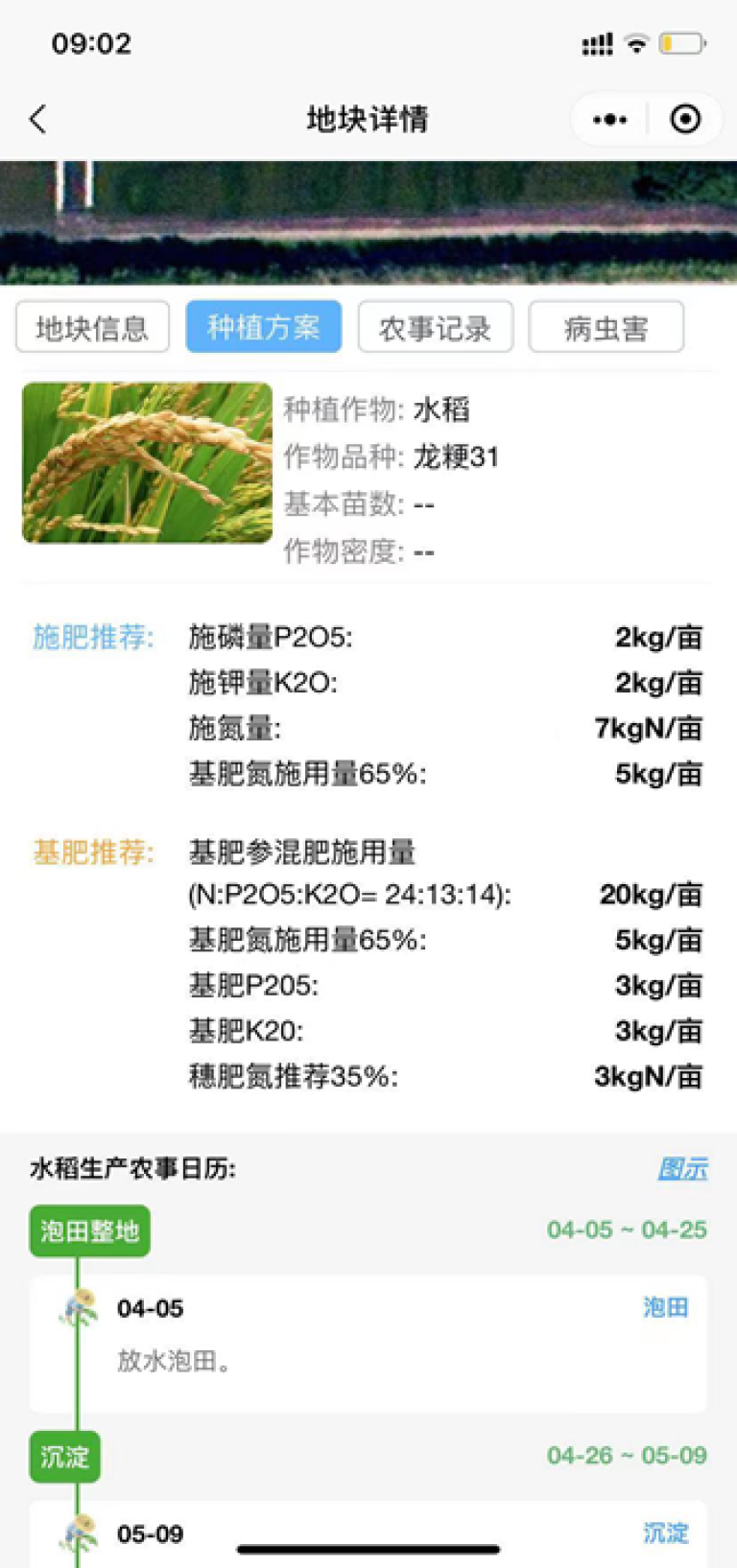
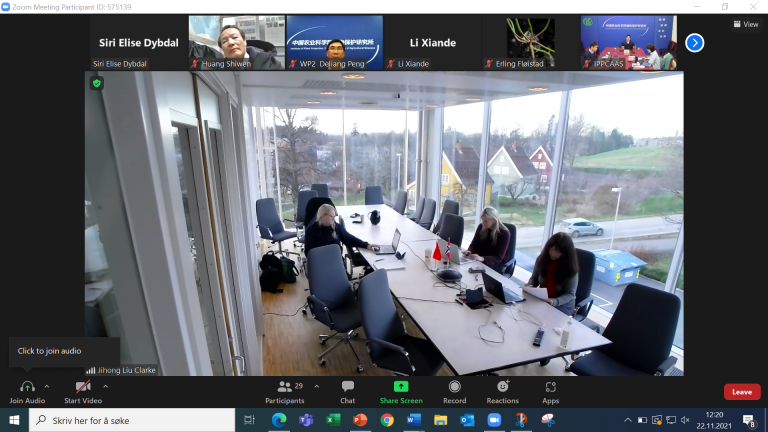
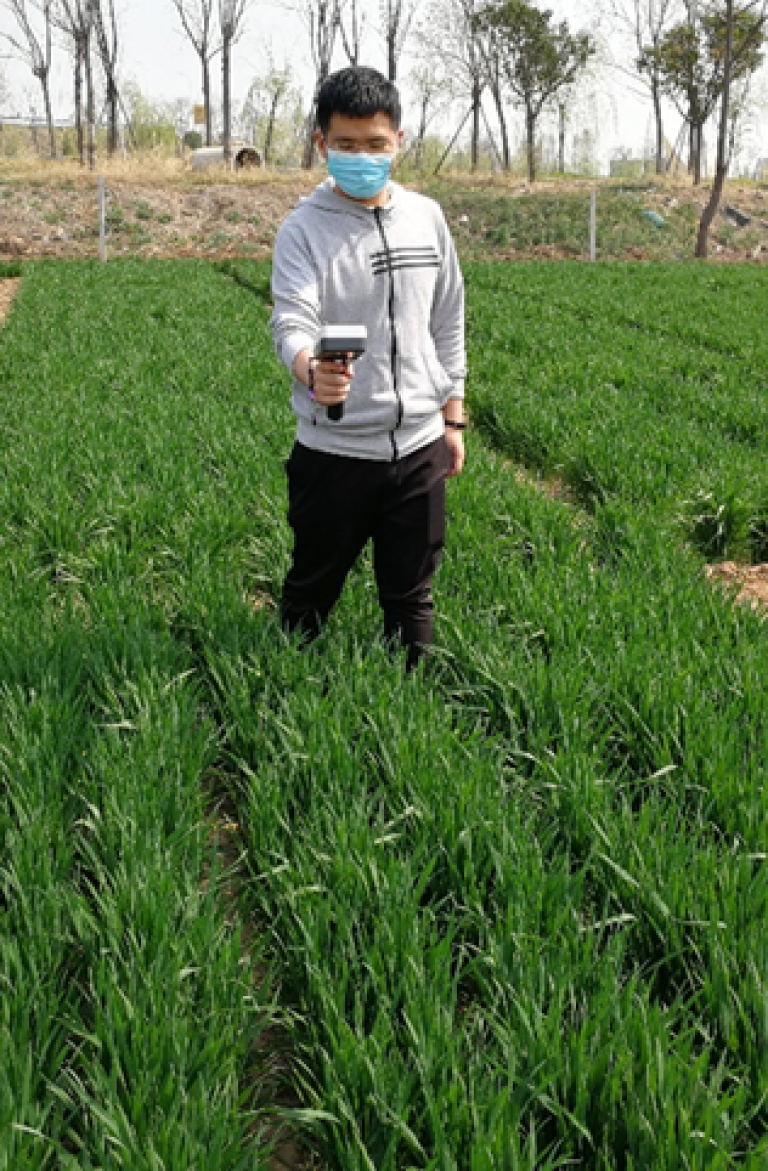
Contacts



